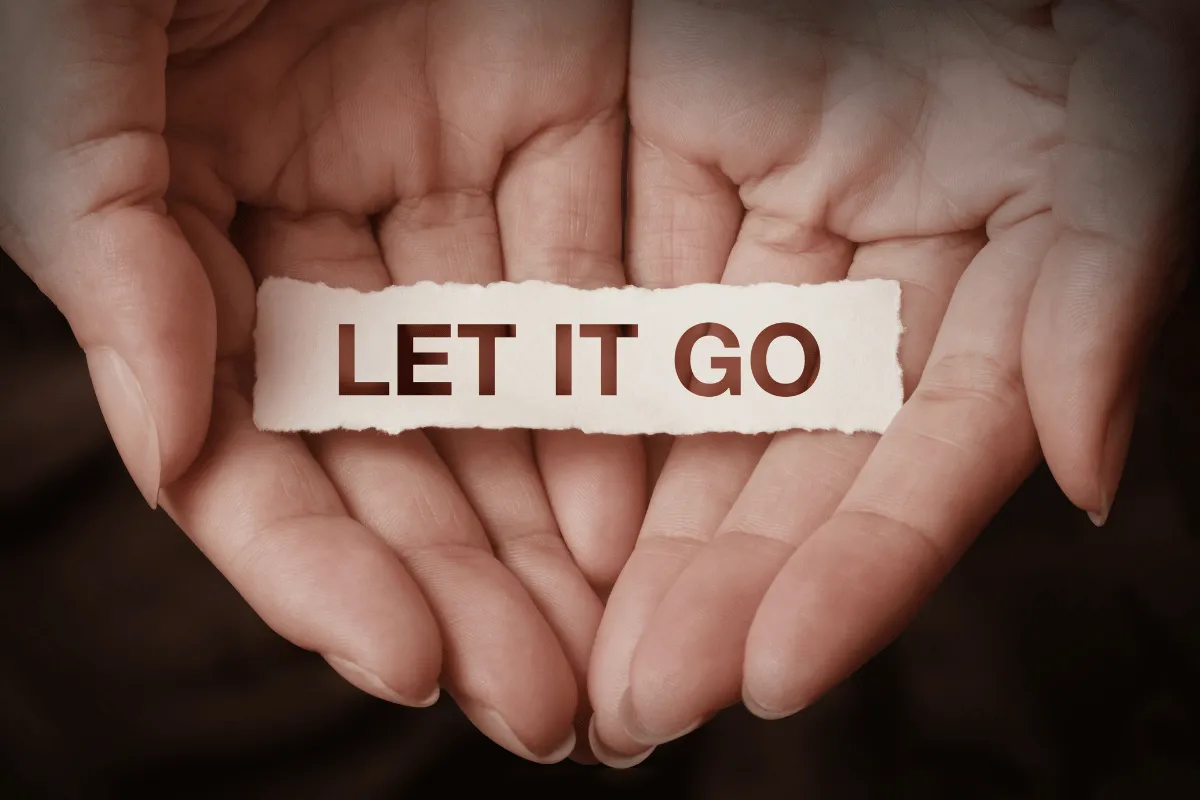Attachment Theory Blog

How the Let Them Theory Applies to Anxious Attachment
Anxious attachment is a common emotional state that affects many individuals in their relationships. It is characterized by a fear of abandonment and a constant need for reassurance from their partners. The Let Them Theory, also known as the "let them go and they will come back" theory, is a concept that suggests that giving space and independence to a partner can actually strengthen the relationship. In this article, we will explore how the Let Them Theory applies to anxious attachment and how it can be used to improve relationships.
Understanding Anxious Attachment Anxious attachment is a type of attachment style that develops in childhood and affects an individual's ability to form healthy relationships in adulthood. People with anxious attachment often feel insecure and fearful in their relationships, which can lead to clingy and needy behaviors. They may constantly seek reassurance and attention from their partners, which can create tension and push their partners away. Understanding the root causes of anxious attachment is crucial in addressing the issue and finding ways to improve relationships.
Key Takeaways
Anxious attachment is a common emotional state that affects many individuals in their relationships.
The Let Them Theory suggests that giving space and independence to a partner can actually strengthen the relationship.
Understanding the root causes of anxious attachment is crucial in addressing the issue and finding ways to improve relationships.
Understanding Anxious Attachment
Origins of Attachment Theory
Attachment theory was first introduced by John Bowlby, a British psychologist, in the 1950s. Bowlby believed that early childhood experiences with caregivers play a crucial role in shaping an individual's attachment style. Mary Ainsworth, a colleague of Bowlby, further developed the theory and identified three main attachment styles: secure, anxious, and avoidant.
Characteristics of Anxious Attachment Style
Individuals with an anxious attachment style tend to have a strong desire for intimacy and fear rejection and abandonment. They often feel insecure and doubt their worthiness of love and affection. They may become clingy and dependent on their partners, constantly seeking reassurance and validation. Anxious individuals are hypersensitive to their partner's responsiveness and may become intrusive or emotional when they feel neglected.
Anxious Attachment in Relationships
Anxious attachment can have a significant impact on romantic relationships. Anxious individuals may struggle with feelings of insecurity and may become clingy or demanding in their relationships. They may require constant contact and reassurance from their partners, which can lead to conflicts and misunderstandings. Anxious individuals may also have a difficult time coping with rejection and may become emotionally reactive when they feel rejected or unworthy.
Conclusion
Understanding anxious attachment is crucial for individuals who struggle with this attachment style. Mindfulness and coping techniques can help anxious individuals manage their anxiety and build more secure relationships. It is important to seek validation and comfort from within rather than constantly seeking it from external sources. By building a sense of security and independence, anxious individuals can learn to overcome their fears and build stable, fulfilling relationships.
The Role of Therapy and Self-Help
Therapeutic Approaches to Anxious Attachment
Therapists use different approaches to help individuals with anxious attachment styles. Emotion-focused therapy (EFT) is one such approach that focuses on helping individuals develop emotional regulation skills, improve communication skills, and build self-esteem. EFT also helps individuals identify and challenge cognitive distortions that contribute to their anxious attachment style.
Another therapeutic approach is attachment-based therapy, which aims to help individuals develop a secure attachment style by addressing attachment issues that may have developed in childhood. This approach emphasizes the importance of creating a safe and supportive therapeutic environment that promotes trust, consistency, and emotional attunement.
Developing Self-Awareness and Coping Strategies
Developing self-awareness is an essential part of overcoming anxious attachment. Through self-reflection, individuals can identify their triggers, emotional needs, and negative patterns of thinking and behavior. Mindfulness and self-soothing techniques can help individuals manage distress and regulate their emotions.
Coping strategies such as seeking reassurance, coaching, and seeking validation from others can also be helpful. However, it is important to strike a balance between seeking support and becoming overly dependent on others.
Building Secure Relationships
Building secure relationships requires individuals to develop communication skills, build self-esteem, and challenge negative patterns of thinking and behavior. It is essential to seek out relationships with individuals who are emotionally available, consistent, and predictable. Clear communication and setting boundaries can also help individuals build secure relationships.
Professional help can be beneficial in addressing attachment issues, but individuals can also take steps to improve their attachment style through self-help. Building self-esteem, challenging cognitive distortions, and developing communication skills can all contribute to building secure relationships.
In conclusion, therapy and self-help can play a crucial role in helping individuals with anxious attachment styles develop secure attachment styles. By developing self-awareness, coping strategies, and communication skills, individuals can overcome negative patterns of thinking and behavior and build fulfilling and satisfying relationships.
Establishing Healthy Boundaries and Communication
The Importance of Boundaries in Anxious Attachment
Individuals with anxious attachment often struggle with setting and maintaining healthy boundaries in their relationships. This can lead to feelings of being taken advantage of, unappreciated, and ultimately, resentment towards their partner. It is important for those with anxious attachment to recognize the importance of boundaries in fostering a healthy relationship.
Healthy boundaries involve setting limits on what is acceptable behavior in a relationship. This can include physical boundaries, emotional boundaries, and time boundaries. By setting clear boundaries, individuals with anxious attachment can communicate their needs and expectations to their partner, which can help to establish a sense of security and trust in the relationship.
Effective Communication Strategies
Effective communication is key to maintaining a healthy relationship for individuals with anxious attachment. This involves clear and honest communication about one's needs, feelings, and expectations. It is important to avoid making assumptions about what one's partner is thinking or feeling, as this can lead to misunderstandings and conflict.
Individuals with anxious attachment may struggle with expressing their needs and feelings in a clear and direct manner. It can be helpful to practice self-soothing techniques, such as deep breathing or positive self-talk, before engaging in difficult conversations. This can help to manage feelings of anxiety and promote clear communication.
Managing Expectations and Emotional Needs
Individuals with anxious attachment may have a tendency to become overly dependent on their partner for emotional support and validation. It is important to recognize that one's partner cannot always meet all of their emotional needs and to practice self-soothing techniques when feeling anxious or insecure.
Managing expectations is also important in maintaining a healthy relationship for individuals with anxious attachment. It is important to communicate one's needs and expectations to their partner, while also being open to compromise and negotiation. This can help to establish a sense of stability and trust in the relationship.
In summary, establishing healthy boundaries and effective communication strategies can help individuals with anxious attachment to foster a healthy and satisfying relationship. By managing expectations and emotional needs, individuals with anxious attachment can promote a sense of security and stability in their relationships.
